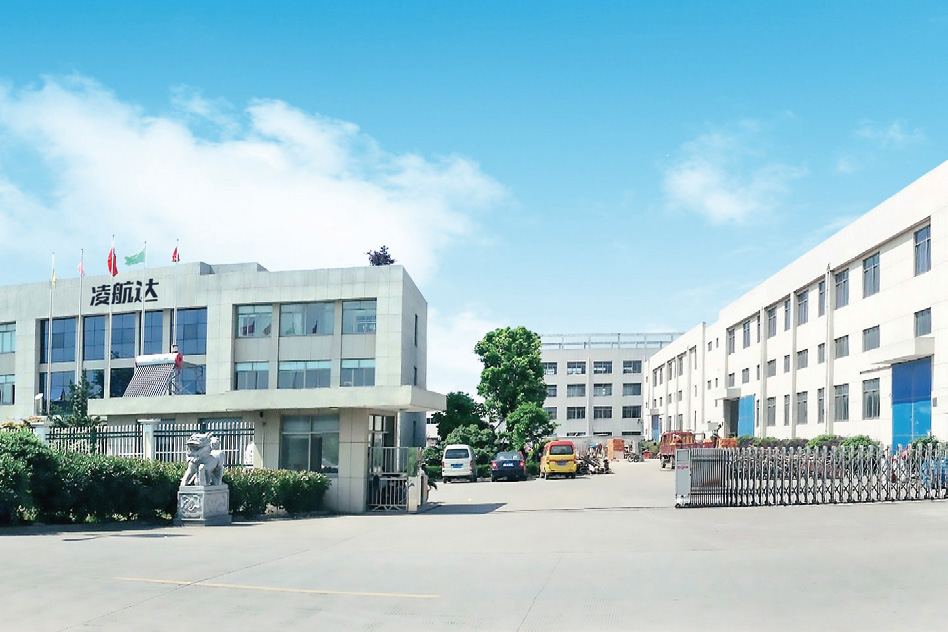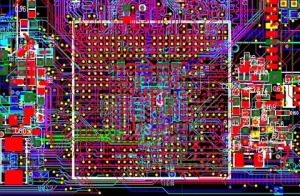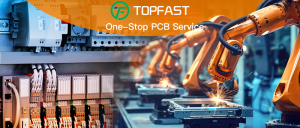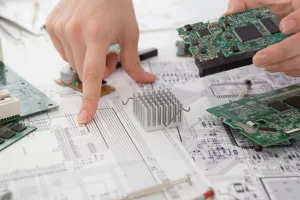Introduction to PCB Assembly
Printed circuit board (PCB) assembly is the process of connecting components to a PCB to create a functioning electronic device. It is a complex process that requires careful planning and execution to ensure quality results. The quality of the PCB assembly process is critical to the success of the device, as it affects the performance, reliability, and cost of the product. In this article, we will discuss the steps necessary to achieve quality PCB assembly results.
目录
TogglePreparing for Quality PCB Assembly
The first step in achieving quality PCB assembly results is to prepare for the process. This includes selecting the right components, designing the PCB, and choosing the right assembly process. It is important to take the time to plan and prepare for the assembly process to ensure that the results are of the highest quality.
Selecting the Right Components for Quality PCB Assembly
The components used in the PCB assembly process must be carefully selected to ensure quality results. The components must be compatible with the PCB design and must be able to withstand the assembly process. It is important to select components that are reliable and of high quality to ensure that the device will function properly.
Designing for Quality PCB Assembly
The design of the PCB is critical to the success of the assembly process. The design must be carefully planned to ensure that the components will fit properly and that the connections will be reliable. It is important to consider the size and shape of the components, as well as the type of connections that will be used. The design should also take into account any special requirements, such as thermal management or signal integrity.
Choosing the Right Assembly Process
The assembly process must be carefully chosen to ensure quality results. The type of assembly process will depend on the type of components being used and the complexity of the design. The most common assembly processes are manual assembly, automated assembly, and surface mount technology (SMT). Each process has its own advantages and disadvantages, so it is important to choose the right one for the job.
Testing for Quality PCB Assembly
Testing is an important part of the PCB assembly process. Testing ensures that the device is functioning properly and that all of the components are connected correctly. Testing can be done manually or with automated testing equipment. It is important to test the device before it is shipped to ensure that it meets the required specifications.
Ensuring Quality PCB Assembly Results
The final step in achieving quality PCB assembly results is to ensure that the process is properly documented. Documentation is important to ensure that the process is repeatable and that any issues can be identified and corrected. Documentation should include the design, components, assembly process, and test results.
Conclusion
Achieving quality PCB assembly results requires careful planning and execution. It is important to select the right components, design the PCB, choose the right assembly process, and test the device before it is shipped. Documentation is also important to ensure that the process is repeatable and that any issues can be identified and corrected. By following these steps, you can ensure that your PCB assembly process will result in a high-quality product.






